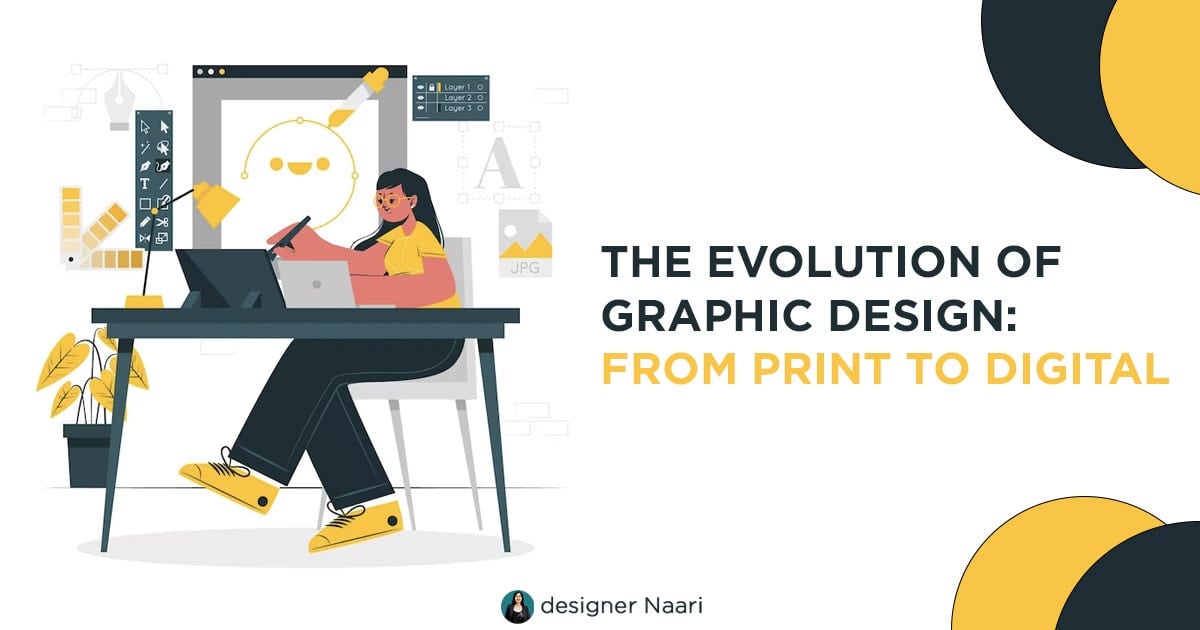Introduction
The advent of the digital age has revolutionized the field of graphic design, bringing new tools, techniques, and possibilities. As technology continues to advance, graphic design has adapted to meet the demands of the digital landscape. In this blog, we'll explore the evolution of graphic design in the digital age and its impact on the creative industry.
1. Transition from Print to Digital
Digital platforms have become the primary medium for communication, leading to a shift from print-focused design to digital design. Graphic designers now create designs for websites, mobile apps, social media, and other digital platforms. This transition has brought new challenges and opportunities, such as responsive design, interactive elements, and animations.
2. User-Centered Design
With an increasing focus on user experience, graphic designers have embraced user-centered design principles. Designers now prioritize usability, accessibility, and intuitive interfaces to ensure a seamless experience for users. User research, prototyping, and user testing have become integral parts of the design process, enabling designers to create designs that meet user needs and expectations.
3. Rise of Visual Content
The rise of social media and digital marketing has led to a surge in the demand for visual content. Graphic designers now create engaging visuals, such as social media posts, infographics, and videos, to capture and retain audience attention. Visual storytelling and creating content with shareability in mind have become essential skills for graphic designers in the digital age.
4. Integration of Motion and Interaction
Advancements in technology have enabled designers to incorporate motion and interaction into their designs. From animated logos to microinteractions and user-driven animations, motion design has become an integral part of the digital experience. Interaction design focuses on creating intuitive and engaging user interfaces, allowing users to interact with digital products seamlessly.
5. Collaboration and Remote Work
The digital age has also transformed the way graphic designers collaborate and work. Cloud-based design tools, project management platforms, and virtual collaboration tools havemade it easier for designers to work remotely and collaborate with clients and team members from different locations. This shift has opened up new opportunities for designers and expanded the global design community.
Conclusion
The digital age has brought significant changes to the field of graphic design, from the transition to digital platforms and user-centered design principles to the rise of visual content and the integration of motion and interaction. As technology continues to evolve, graphic designers must stay updated with the latest tools, trends, and methodologies to thrive in this dynamic and ever changing landscape.




Comments ()